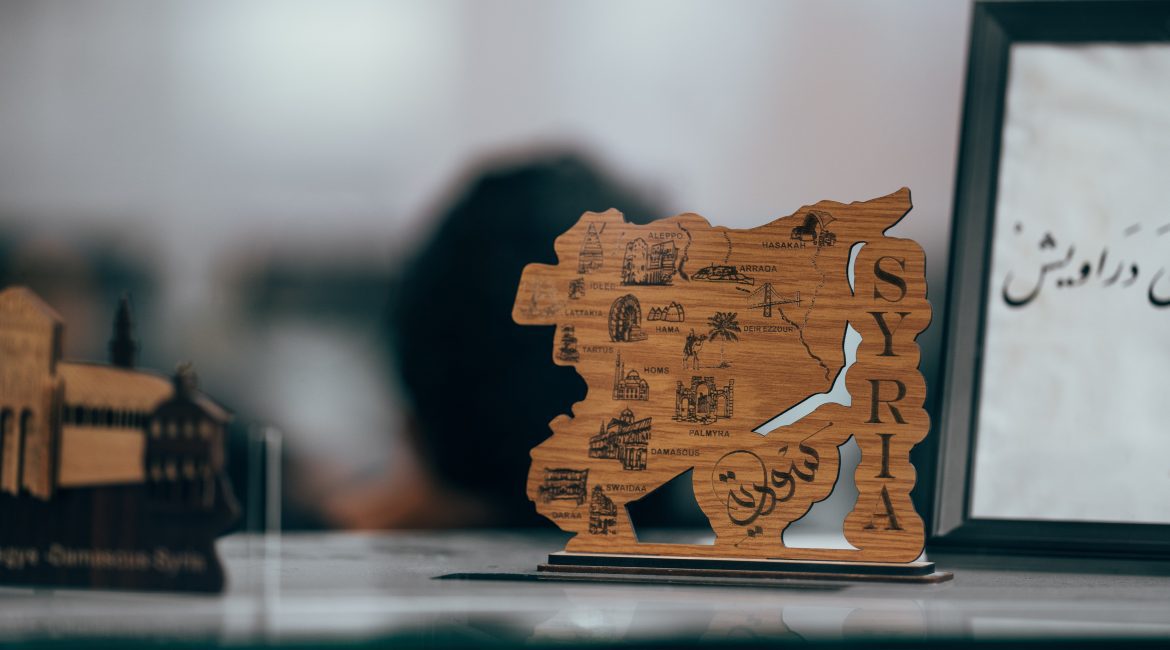The region witnesses from time to time tensions between the Syrian Democratic Forces (SDF) backed by Washington on the one hand, and pro-Tehran factions of multiple nationalities on the other. The most recent were strikes carried out by the Americans in response to the bombing of their forces, and targeting groups that Washington said were pro-Iranian. Tehran has denied any connection with it.
According to an AFP documentation, the SDF, led by the Kurdish People's Protection Units (YPG) supported by the United States, are stationed on the eastern bank of the Euphrates. It was able to control the entire region with the support of the international coalition after violent battles with ISIS, the last of which was in 2019 in the last stronghold of the terrorist organization in Syria, in the border village of Baghouz.
The international coalition forces, most notably the American forces, are deployed in the region, and are located at a base in the Al-Omar oil field, or what has become known as the "Green Zone", as well as the Konico gas field. The US forces are present in other bases in Syria in Al-Hasakah governorate (northeast) and Raqqa (north), as well as the Al-Tanf base in the south, which was established in 2016 and is located near the Jordanian and Iraqi borders.
The Syrian regime forces control the western bank of the Euphrates River, but this area is considered the most prominent areas of influence of Iran and its loyal groups in Syria. The Syrian Observatory for Human Rights estimates the presence of about 15,000 fighters from Iraqi, Afghan and Pakistani groups loyal to Iran in Deirezzor, specifically the area extending between the border cities of Albukamal with Iraq and Deirezzor, passing through Mayadin.
As for the pro-regime groups, they are:
- “The Iranian Revolutionary Guards”: Thousands of fighters and military advisers from the Revolutionary Guards are deployed in Syria, but Tehran only talks about “advisers who help government forces.”
- Iraqi factions: Iraqi groups are fighting alongside the Syrian government forces at the Iranian request. Today, they are mainly deployed on the border strip between Iraq and Syria, since the operations against ISIS ended in Iraq and then Syria. They take the city of Albukamal as their headquarters. The most prominent of these groups is "Kataeb Hezbollah", whose spokesman says that its fighters are deployed in Syria as "advisers" to protect the Iraqi borders. These battalions are the most prominent of the Iraqi Popular Mobilization factions. Analysts consider it the third force in the axis led by Tehran in the region after the Revolutionary Guards and the Lebanese Hezbollah. Among the Iraqi factions are also "Kataeb Sayyid al-Shuhada", "Kataeb al-Imam Ali" and "Hezbollah al-Nujaba Movement".
- Lebanese Hezbollah: The party that has been fighting alongside the Syrian regime openly since 2013, mainly deploys leaders in the Deirezzor region. The number of its forces in Syria has declined over the past two years, with the intensity of the battles receding and the regime forces regaining control of about two-thirds of the country.
- The Afghan “Fatimiyoun” Brigade and the Pakistani “Zainabiyoun” Brigade: The Iranian Revolutionary Guard established the two brigades of Afghan and Pakistani Shiite fighters. They participated in several battles in Syria, and today they maintain important sites in Deirezzor, as well as other Syrian regions. The Fatemiyoun Brigade, according to the Syrian Observatory for Human Rights, is one of the largest pro-Iranian factions in Syria.
Located in Deirezzor governorate, the most prominent Syrian oil fields are controlled by the Syrian Democratic Forces, the most important of which is the Al-Omar oil field, which is the largest in the country, as well as the Tanak and Jafra fields. It also controls the Konico gas field. On the western side, there are oil fields controlled by the regime forces, and they include the Al-Ward, Al-Taym, Al-Shoula and Al-Nishan fields. This border area is an important route for the Iraqi brigades and the Lebanese Hezbollah, as well as other groups loyal to Iran, to transport weapons and fighters. It is also used to transport goods of all kinds between Iraq and Syria.
Over the years, trucks carrying weapons, ammunition, warehouses and military sites belonging to these groups were subjected to air strikes, especially in the area between Al-Mayadin and Albukamal. Some of them were carried by the American forces, and others were attributed to Israel, which always affirms its determination to prevent “Iranian entrenchment” in Syria.

